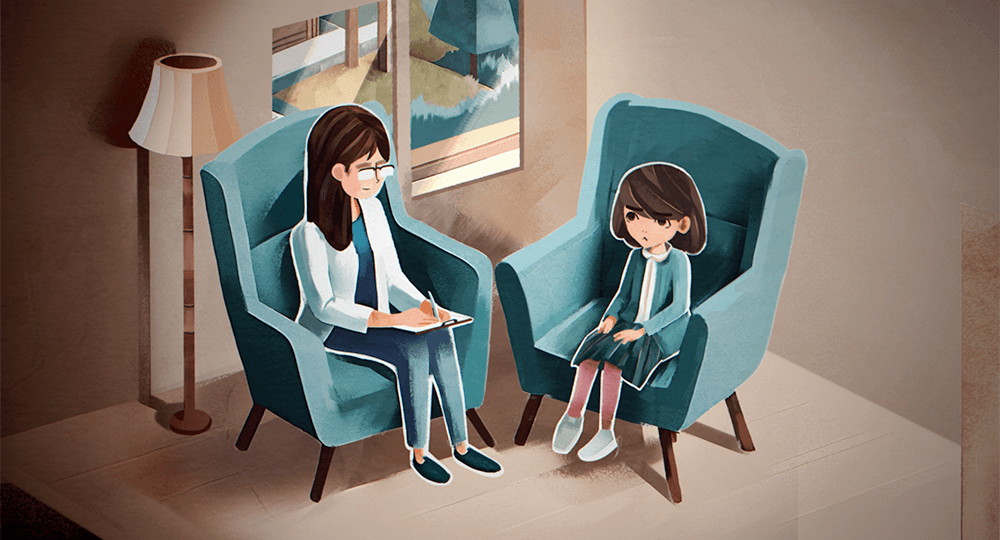Q&A
EMDR for Kids

EMDR helps children with PTSD and related challenges to desensitize and reprocess traumatic memories. Founder of EMDR for Kids, Christine Mark-Griffin offers tips, tools and techniques for therapy.
Q
What led to your interest in working with children, parents, and families?
A
Q
How do you explain EMDR to kids?
A
Q
How does EMDR for kids differ from adult treatment? What are some strategies to make trauma therapy more child-friendly?
A
Q
What tips and tools can you suggest for therapists learning EMDR for kids?
A
Q
Do you have any favorite exercises in your practice?
A
Q
How can parents and caregivers support children through trauma?
A
Q
Can you share some self-care techniques that have helped you in your work? How can therapists working with childhood trauma take care of themselves so that they can take care of their clients?
A
Q
In an ideal world, what would our education system and broader society look like to support the healing of childhood trauma? How can we work towards that today?
A
You may also like